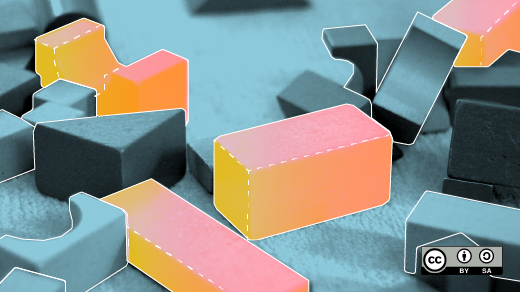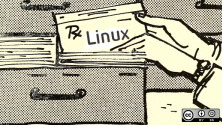Building modern software in a predictable and repeatable way isn't easy. The overwhelming number of software dependencies and the need to isolate conflicting components presents numerous challenges in managing build environments.
Although there are many tools aimed at mitigating this challenge, there are two approaches most of them take: either they rely on package managers to preserve and replicate package sets, or they use virtual or physical machines with preconfigured environments.
Both approaches are flawed. Package managers fail to provide a single environment for components with conflicting build dependencies, and separate machines are heavy and fail to provide a seamless user experience.
To solve those issues, we need a system that enables multiple, immutable build environments to be managed on the same machine; uses the same environment for development, continuous integration (CI), and testing; easily shares environments among team members; and tracks the environment versions.
I think Rebuild meets these criteria and is ideal for establishing build infrastructures for source code. Rebuild is a new and open source management framework that allows the user to create and share fast, isolated, and immutable build environments that can be used either locally or as a part of CI systems.
Here's how Rebuild can be used to simplify software development.
Install the client
Rebuild is available at RubyGems.org. Its client requires Docker Engine 1.9.1 or newer and Ruby 2.0.0 or newer.
To install, execute this command:
gem install rbldTo test your installation, execute this command:
rbld helpSearch for existing environments
Rebuild can simplify the use of embedded toolchains. By default, Rebuild is configured to work with Docker Hub as an environment repository, and we already have ready-made environments there.
The workflow for Rebuild is:
- Search for the needed environment in its environment repository.
- Deploy the environment locally (done once for each specific environment version).
- Run Rebuild.
If needed, you can modify, commit, and publish modified environments to the registry while simultaneously keeping track of different environment versions.
To search for environments, execute this command:
$ rbld searchwhich returns:
Searching in /RebuildRepository...
bb-x15:16-05
rpi-raspbian:v001Then, deploy the environment to the local machine by entering the following command:
$ rbld deploy rpi-raspbian:v001which returns:
Deploying from /RebuildRepository...
Working: |---=---=---=---=---=---=---=---=---=---=---=---=-|
Successfully deployed rpi-raspbian:v001Next, use Rebuild to compile your code. Enter the directory with your code and run:
$ rbld run rpi-raspbian:v001 -- makeOf course, you can use any other command that builds code. You can also use your environment in interactive mode. Just run the following:
$ rbld run rpi-raspbian:v001Then execute the necessary commands from within the environment. Rebuild will take care of the file permission and ownership for the build result that will be located on your local file system.
Create the environment
The example above used a ready-made Raspbian environment; let's take a look at how it was created.
First clone the SDK:
git clone git://github.com/raspberrypi/tools.git rpi-toolsThen create the initial Rebuild environment using a base image:
rbld create --base ubuntu:16.04 rpi-raspbianModify the environment by running:
rbld modify rpi-raspbian:initialThis permits users to modify the environment in interactive mode.
Run the following commands to install Make:
sudo apt-get update
sudo apt-get install -y makeCopy the toolchain and configure environment variables:
TOOLCHAIN=gcc-linaro-arm-linux-gnueabihf-raspbian-x64
sudo cp -r rpi-tools/arm-bcm2708/$TOOLCHAIN /
echo export CC=/$TOOLCHAIN/bin/arm-linux-gnueabihf- | sudo tee -a /rebuild/rebuild.rcNow that the environment setup is complete, exit the interactive shell by pressing Ctrl+D.
Let's commit the changes and delete the initial environment:
rbld commit rpi-raspbian --tag v001
rbld rm rpi-raspbian:initialRun:
rbld listYou should see your environment, which is ready to use:
rpi-raspbian:v001Explore Rebuild
To learn more about Rebuild, run rbld help. You can also check out Rebuild's source code and documentation on the project's GitHub page, as well as download a handy cheat sheet of Rebuild commands.
Learn more in Yan Vugenfirer and Dmitry Fleytman's talk, How Linux Containers can Help to Manage Development Environments for IoT and Embedded Systems, at Open Source Summit in Los Angeles.







1 Comment